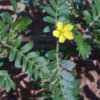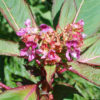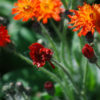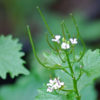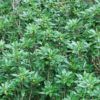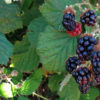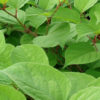Puncturevine (Tribulus terrestris) is aptly named! This invasive weed has spiny seed heads that can easily puncture a bike tire, inflatable raft, animal paw, or footwear. Be on the lookout because it is beginning to make its way into Clackamas County from eastern and southern Oregon. Also known as “goathead”, puncturevine is native to southern […]
